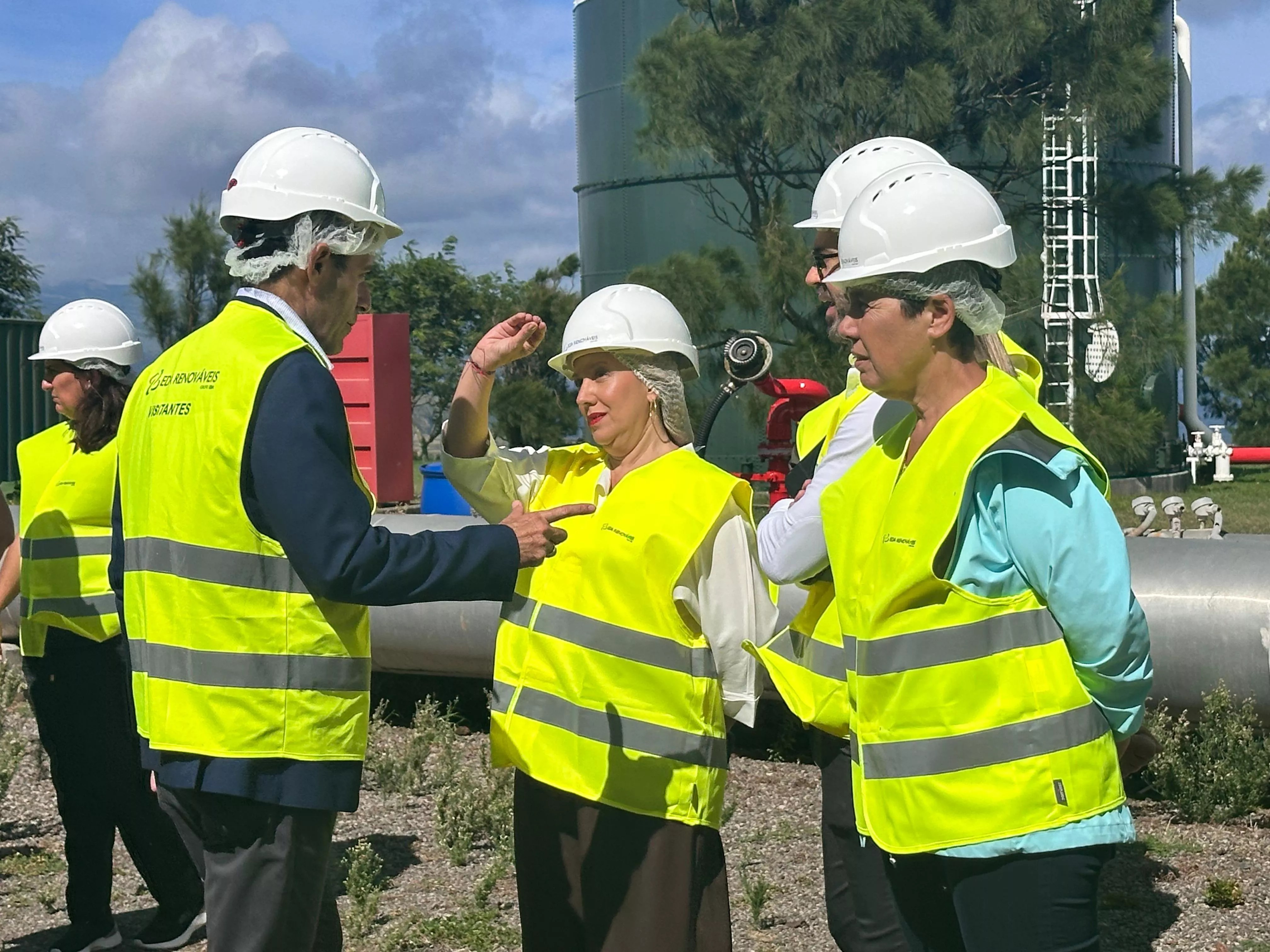He Town Hall of La Orotava already has the technical project to convert the old gym of the Compulsory Education Center (CEO) Manuel de Falla in the first auditorium of the upper neighborhoods of the municipality, where they reside more than 8,000 people. This small theater and concert hall, conferences and projections will serve nuclei such as Aguamansa, Benijos, Pinolere, Camino Chasna, Bebedero, Barroso, El Sauce, Los Pinos or Cañeñoamong others.
This new cultural space in the highlands of the orotava will take advantage of underused facilities of the CEO Manuel de Falla, next to the sports center. The Town Hall has the consensus of the educational community of the center, which supports the proposal that this space be transformed into a small auditorium that will serve the center during school hours and, outside of this period, will have a general use, through the signature of a subsequent agreement with the Ministry of Education of the Government of the Canary Islands.
The model that wants to be applied in this auditorium of the villeras mediocrities is inspired by the recently rehabilitated cinema of La Perdomanow turned into Francisco Álvarez Abrante Auditoriumso that the upper zone has a cultural space in which to be able to organize performances, performances, talks and concerts which can now only be offered in the town or La Perdoma.
The surface in which it will act is about 500 square meters
The same architecture team that was in charge of the work on La Perdoma, led by Francisco Alvarez Abrante, is responsible for this initiative. It is an auditorium somewhat smaller than the one in this other neighbourhood, which has a capacity for around 300 people. This modern and functional cultural space It will have capacity for 180 seated people and an estimated cost of around 400,000 euros.. With this municipal budget, it is expected to be able to fully rehabilitate the old gymnasium of the educational center, adapting it to all scenic needs.
The high neighborhoods of La Orotava They currently have several cultural centers and local neighborhood associations where all kinds of activities can be carried out, but the area lacks a larger and more comfortable cultural space.
















